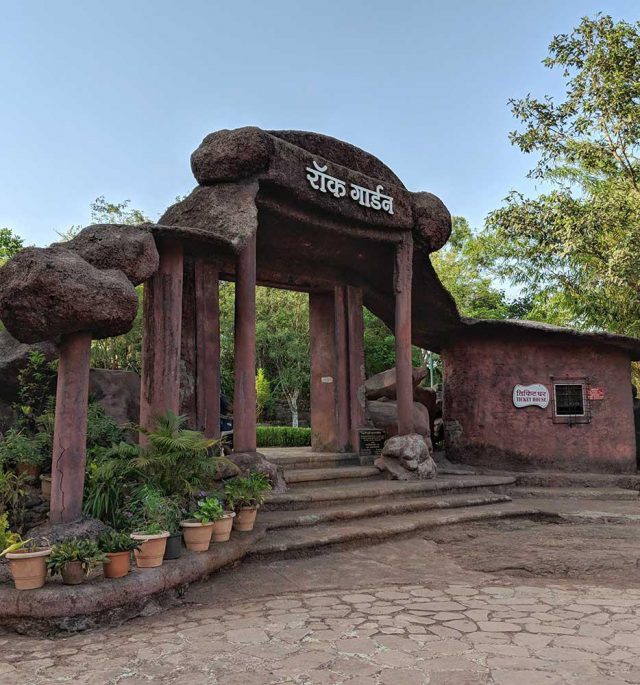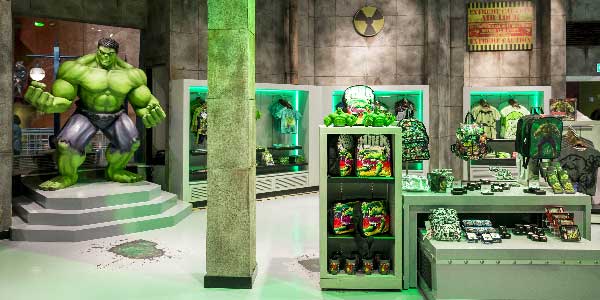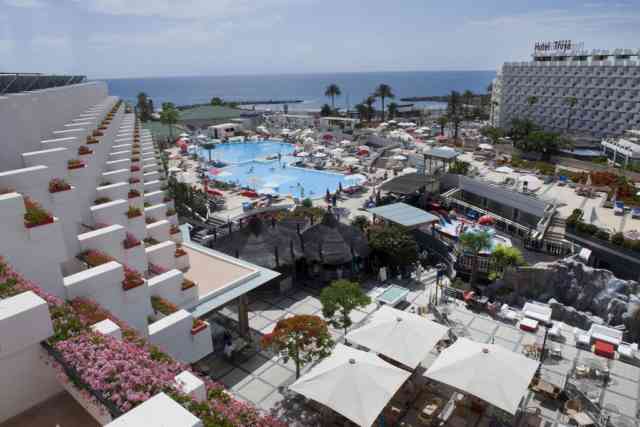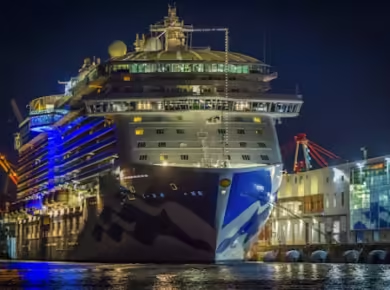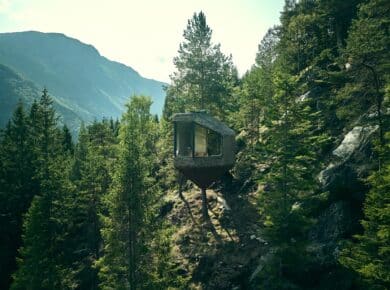India is a diverse country, a birthplace of many religions, including Hinduism, Sikhism, Jainism and Buddhism, and spawning land for many languages-there are 1,652 different languages spoken in the country. Over the time in its long history, a set of diverse and competing kingdoms emerged across the country with their unique identity, embodied in their culture, customs, and architecture.
The great plains of North India have many cities in proximity that symbolise different empires. Among them, Delhi, Agra, and Jaipur, which often is a part of golden triangle tours India, are well preserved and awe-inspiring. Each city, located within the distance of 150 miles, was a centre of different realms.
Delhi, the bureaucratic centre of the country
It has relics from a number of empires, some dating back to thousands of years. The modern Delhi bridges two entirely different worlds together. It is unique, at one place it is a labyrinth of narrow lanes flanked by century old crumbling structures, at other places, there are mighty intact forts and mosques towering over the city landscape. As the city has been a capital of many empires, it has many captivating ancient monuments and mausoleums, as old as 250 BC to one made in a late 17th century. Moreover, the city has enthralling art galleries and museums, remarkable restaurants and bustling markets.
Jaipur, the Pink City
Jaipur, once a walled city developed in the early 18th century, is also known as the pink city, as once palaces, administrative buildings, markets and other places were painted in pink to welcome the price of Wales Edward VII. The city still carries the hue of pink in its stone structures. Jaipur is different from other eminent cities, as a Hindu emperor ruled it. The city, with its three hill forts and series of palaces, and sprawling bazaars, gives insights about the architectural prowess of the country.
Agra, a famed Mughal empire capital
Firs established on the banks of Yamuna-one of two rivers that nourish the plains of north India-in 1504, the golden age of the city began when Akbar, a Mughal emperor, gave it the status of an imperial province. Along with the famed, Taj Mahal, the symbol of love, the city has a number of monuments including the red fort and sprawling Akbar's mausoleum. It also has a twin city, known as Fatehpur Sikri-it was a capital for a brief period yet still portrays the architecture and royal life of the Mughals.
With golden triangle tours India, which covers the main cities of north India, one gets to experience the essence of the country, its culture, customs, and history. No visit to India is complete without visiting the golden triangle cities.


